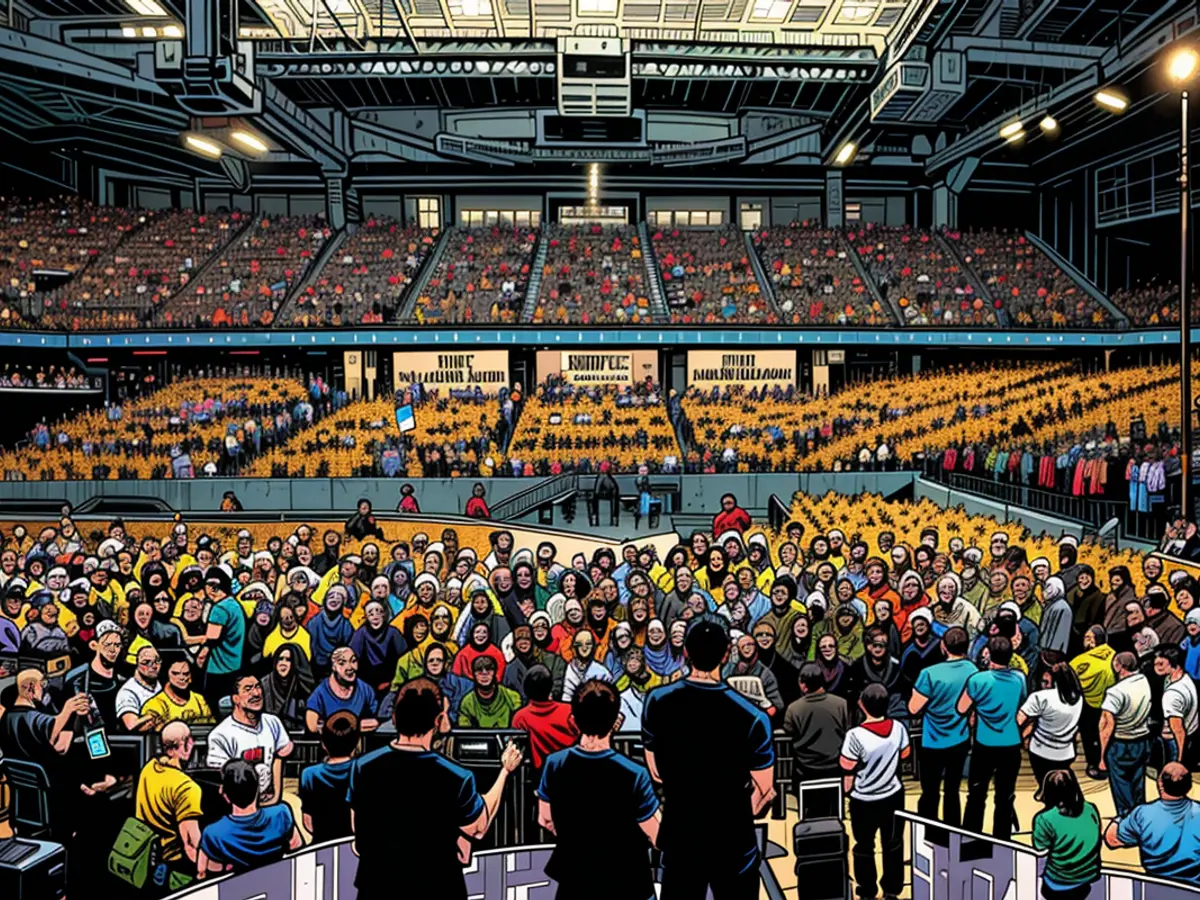Potentially, Kamala Harris could emerge as the first Democratic nominee for president to secure the senior vote since Al Gore's tenure.
It's been discovered that Harris is performing exceptionally well for a Democrat among groups that have traditionally been unfavorable to Democratic presidential nominees.
One such group is the elderly. Harris might become the first Democrat to secure voters aged 65 and above since Al Gore in 2000.
In recent national polls, the CNN/SSRS survey released this week reveals Harris leading the former president by 4% among senior citizens, with an average poll showing a 3-point advantage for Harris over Trump among seniors.
This recent improvement in senior citizen support is a stark contrast to the earlier this year and the post-election findings in 2020. The polling average for the beginning of the year and the post-election data found Trump leading Biden by 4 points among voters aged 65 or older.
The fact that Harris is outperforming other Democrats with seniors isn’t that surprising. In the 2020 election, Biden performed better with older voters than Obama did in 2012, despite similar national performance among all voters.
However, Harris is facing challenges among younger voters, which is common for Democrats. While campaigns do not wish to lose voters, a trade-off of younger for older voters could be beneficial for Harris, given that there are more senior citizens than adults under 30 in America.
Moreover, older Americans tend to be more engaged in politics as they are more likely to be registered to vote and actually cast a ballot. Recent polling from The New York Times/Siena College indicates that seniors account for roughly 29% of the electorate, compared to only 13% for those under 30.
The same trend is also observed in swing states. The electoral impact of older voters is significantly higher than their younger counterparts.
Additionally, the ratio of older voters to younger voters in the electorate has been gradually changing over the years. For instance, in 1980, 22% of the electorate was under 30, while only 17% were seniors. By 2000, seniors had become a more significant voting bloc, making up 20% of the electorate, compared to 17% for those under 30.
Despite the uncertainty about pre-election polling accuracy, the polling data suggests that older voters might be shifting towards becoming more Democratic. However, in the 2016 election, Trump managed to win older voters by a reduced margin, contrary to the overall national vote margin.
Interestingly, this potential age depolarization in the oldest and youngest segments of the electorate mirror the racial depolarization observed in the electorate. Trump is performing well among Black and Hispanic voters, such as Harris is doing better among white voters than Biden did in the 2020 election.
The implication for Harris is that she is losing support among groups that make up a smaller share of the electorate (Black and Hispanic voters) while gaining popularity with a larger group (White voters). This trend has been instrumental in her polling performances. However, it remains to be seen whether Trump's improvements in younger, Black, and Hispanic voters will offset any gains Harris has made with White and older voters.
Regardless of the election outcome, it seems likely that we will witness a less divided electorate among certain key demographic groups than in the past.
In the context of her presidential aspirations, Harris's lead among senior citizens in recent polls could significantly impact the outcome of the elections, given that older Americans are more engaged in politics and make up a larger portion of the electorate.
As the political landscape shifts, it's notable that Harris is outperforming other Democrats among older voters, a trend that has been observed since the 2012 election with President Obama.








